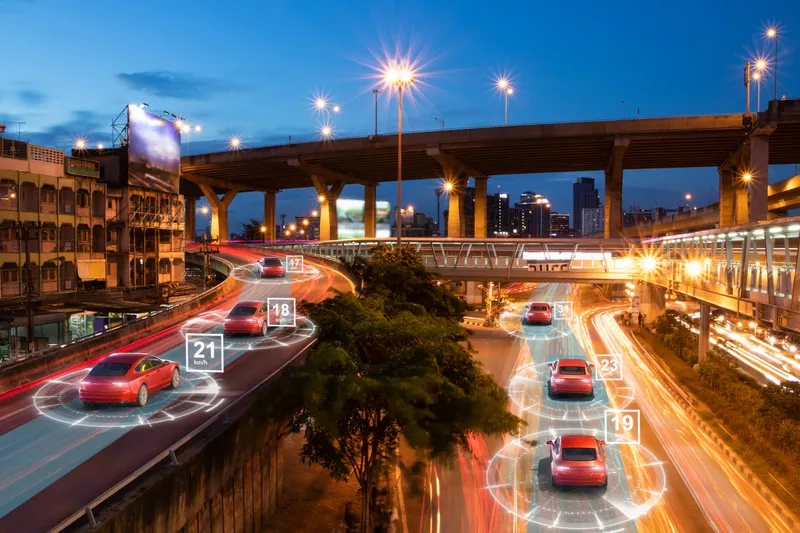The
"The new data will give us a better understanding of the congestion problems faced by America's commuters and freight shippers and help decision makers at all levels of government identify the solutions that meet their needs," said study co-author Tim Lomax.
TTI's 2010 Urban Mobility Report, the 20th edition of the report since its inception in 1984, will combine Inrix real-time flow and historical data with public agency sources to produce congestion trends from 1982 to 2009. The report is expected to be released around Labor Day, 2010.









